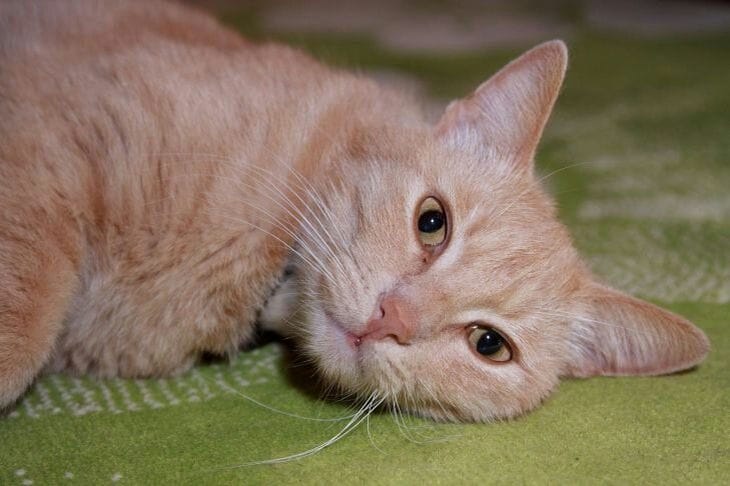Aging is a natural process, and it is important to recognize its signs in cats in time to ensure your pet has a comfortable life.
Although age-related changes are inevitable, their rate and manifestations depend on the breed, living conditions and genetics.
The generally accepted threshold is considered to be 8 years, but it is worth focusing on the individual characteristics of the pet: some cats show signs of maturity already at 7 years old, others - closer to 10.

The behavior of an aging cat gradually changes. It becomes less active, plays less often, and sleeps more. This may be due not only to a natural decrease in energy, but also to discomfort, such as joint or muscle pain.
Some pets lose interest in communicating with their owner, hide, or avoid contact.
Sometimes cognitive impairments are observed: the cat gets confused in a familiar space, forgets the location of the litter box or bowl, and changes habits.
External signs of aging are also noticeable. The coat loses its shine, becomes dull and brittle, and tangles form more often. The skin can become dry or, conversely, excessively oily, and sometimes pigment spots or compactions appear.
Weight changes frequently: some cats lose weight due to decreased appetite, dental or digestive problems, while others gain weight due to decreased activity.
It is important to remember that age is not a disease, but it requires special attention.
Regular visits to the veterinarian, dietary adjustments, soft play, and a comfortable environment will help slow down negative changes.
If you notice any sudden changes in your pet's behavior or appearance, don't chalk it up to "just age."
Consulting a specialist will help rule out serious diseases and improve your cat's quality of life.
